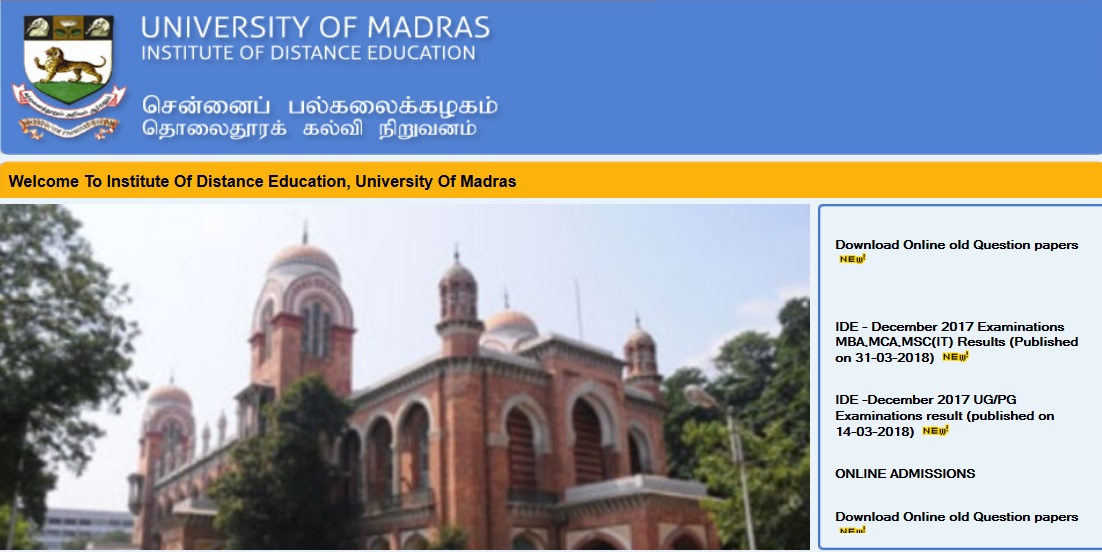UCGB Social Psychology & Applied B.Sc Question Paper : ideunom.ac.in
University : University of Madras
Degree : B.Sc
Department : Psychology
Subject :UCGB Social Psychology & Applied
Document type : Question Paper
Website : ideunom.ac.in
Download Previous/ Old Question Paper :
OCT 2011 : https://www.pdfquestion.in/uploads/ideunom.ac.in/6878-._QBNEW_uid22152%20UCGB.pdf
OCT 2012 : https://www.pdfquestion.in/uploads/ideunom.ac.in/6878-._DEC12_uid22152%20UCGB.pdf
OCT 2013 : https://www.pdfquestion.in/uploads/ideunom.ac.in/6878-._DEC2013_uid22152%20UCGB.pdf
UCGB Social Psychology & Applied Model Paper
OCTOBER 2011 U/ID 22152/UCGB
Time : Three hours
Maximum : 100 marks
Related : University of Madras NGG Developmental Psychology B.Sc Question Paper : www.pdfquestion.in/6877.html
PART A — (10 ´ 3 = 30 marks)
Answer any TEN questions.
All questions carry equal marks.
Each answer should not exceed 50 words. Define :
1. Cognitive dissonance.
2. Dependent variable.
3. Social learning.
4. Persuasion.
5. Conformity.

6. Compliance.
7. Need for affiliation.
8. Altruism.
9. Body language.
10. Leadership.
11. Provocation.
PART B — (5 ´ 6 = 30 marks)
Answer any FIVE questions.
All questions carry equal marks.
Each answer should not exceed 200 words.
13. What is the role of theory in social psychology? Explain.
14. How do attitudes influence behaviour?
15. Write about Asch’s experiment on conformity.
16. Why does repeated contact increase interpersonal attraction?Explain.
17. Examine the barriers to communication.
18. What are the functions of a group?
19. Examine the causes of Aggression.
PART C — (4 ´ 10 = 40 marks)
Answer any FOUR questions.
All questions carry equal marks.
Each answer should not exceed 500 words.
20. How do you measure attitude? Explain.
21. What are the determinants of attraction?
22. What are the channels of communication? Explain.
23. Describe the personal qualities of leaders.
24. Bring out the psychological causes of war and give suggestion for peace.
25. What are the techniques of propaganda? Explain.
OCTOBER 2012
U/ID 22152/UCGB
Time : Three hours
Maximum : 100 marks
PART A — (10 ´ 3 = 30 marks)
Answer any TEN questions.
All questions carry equal marks.
Each answer should not exceed 50 words.
1. Social psychology.
2. Maladaptation.
3. Attribution.
4. Proximity.
5. Social facilitation.
6. Prejudice.
7. Group morale.
8. Ethnocentrism.
9. Norm.
10. Aggression.
11. Self-esteem.
12. Propaganda.
PART B — (5 ´ 6 = 30 marks)
Answer any FIVE questions.
All questions carry equal marks.
Each answer should not exceed 200 words.
13. Make a brief account on attitude change.
14. How does social psychology shape one’s behaviour?
15. Write briefly about norm formation.
16. Discuss the significance of physical attractiveness in social psychology.
17. Outline the channels of communication.
18. Enumerate the functions of leaders.
19. Elucidate the suggestions for peace.
PART C — (4 ´ 10 = 40 marks)
Answer any FOUR questions.
All questions carry equal marks.
Each answer should not exceed 500 words.
20. Explain the cognitive dissonance theory.
21. Enumerate the determinants of attraction and altruism.
22. Write an essay on communication and interpersonal behaviour.
23. Delineate the various types of groups.
24. Explain the nature and process of aggression.
25. Discuss the ways of measuring public opinion.
OCTOBER 2013
U/ID 22152/UCGB
Time : Three hours
Maximum : 100 marks
PART A : (10 ´ 3 = 30 marks)
Answer any TEN questions
All questions carry equal marks.
Each answer should not exceed 50 words :
1. Social behaviour.
2. Observation.
3. Cognitive dissonance.
4. Conformity.
5. Attraction.
6. Interpersonal behaviour.
7. Group cohesiveness.
8. Aloneness.
9. Status.
10. Compliance.
11. Impression formation.
12. Social support.
PART B : (5 × 6 = 30 marks)
Answer any FIVE questions.
All questions carry equal marks.
Each answer should not exceed 200 words :
13. Elucidate the influences of social psychology on individual behaviour.
14. Explain the ways of measuring attitude.
15. Make a brief account on sociometry.
16. What are the types of communication?
17. Write about group morale and social climate.
18. What are the causes of aggression?
19. Mention the ways of changing public opinion.
PART C : (4 × 10 = 40 marks)
Answer any FOUR questions.
All questions carry equal marks.
Each answer should not exceed 500 words :
20. Elucidate the formation and change of attitude.
21. Explain Asch’s studies of group pressure.
22. Make a detailed account on the determinants of attraction and altruism.
23. Write an essay on communication and interpersonal behaviour.
24. Discuss about aggression in various social settings.
25. Enumerate the techniques of propaganda.
MAY 2013
U/ID 22152/UCGB
Time : Three hours
Maximum : 100 marks
PART A : (10 ´ 3 = 30 marks)
1. Answer any TEN questions.
2. All questions carry equal marks.
Each answer should not exceed 50 words :
1. What is experimentation?
2. What is meta analysis?
3. What is Cognitive Dissonance?
4. What is peripheral route?
5. What is Multiplexity?
6. What is autokinetic phenomenon?
7. What is informational influence?
8. What is complementarity?
9. What is communication?
10. What is group?
11. Mention the two types of aggression
12. What is propaganda?
PART B : (5 ´ 6 = 30 marks)
1. Answer any FIVE questions.
2. All questions carry equal marks.
Each answer should not exceed 200 words :
13. Write about Systematic Observation.
14. Discuss the method of summated rating scale in attitude measurement.
15. Describe the Sherif’s study of Norm formation.
16. Write a note on the social exchange theory.
17. Enumerate the process of communication.
18. List the types of leadership.
19. Explain the personal causes of aggression.
PART C : (4 ´ 10 = 40 marks)
1. Answer any FOUR questions.
2. All questions carry equal marks.
Each answer should not exceed 500 words :
20. Explain the scientific nature of social psychology.
21. Elucidate the social learning as a means of forming attitudes.
22. Summarize the Asch’s studies of group pressure.
23. Discuss the measurement of attraction using sociometry.
24. Elucidate the various types of groups.
25. Discuss the psychological causes of war.